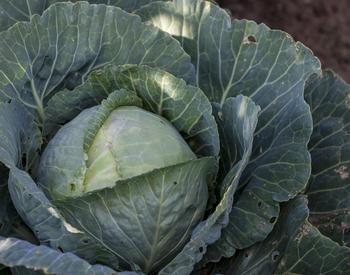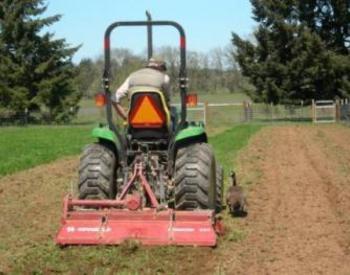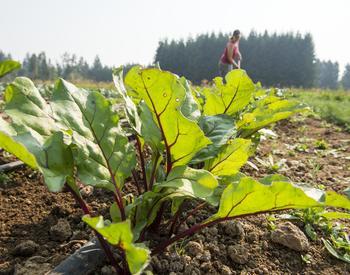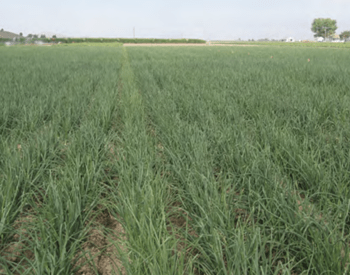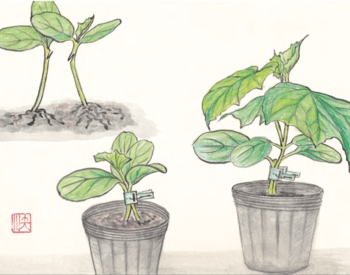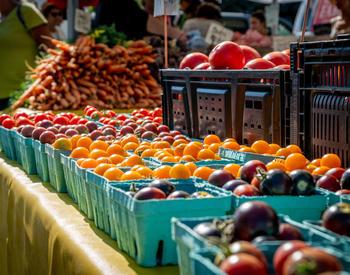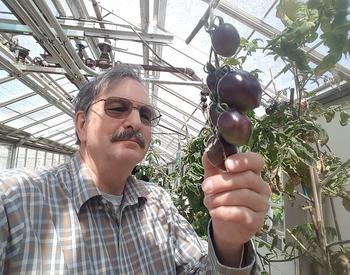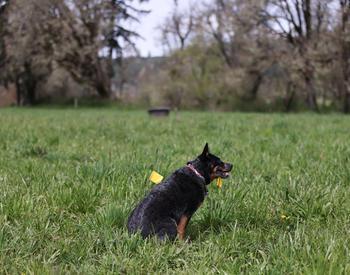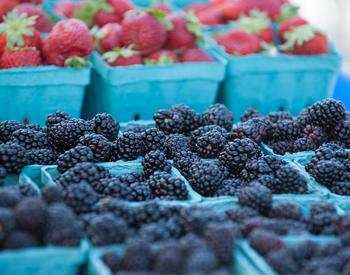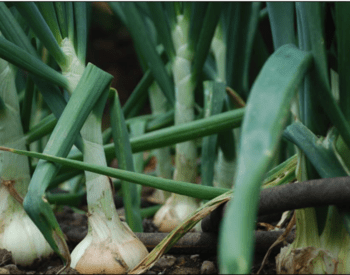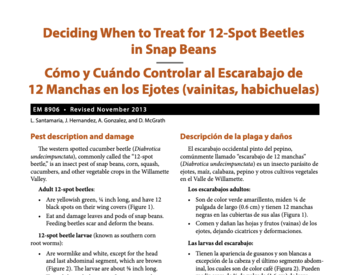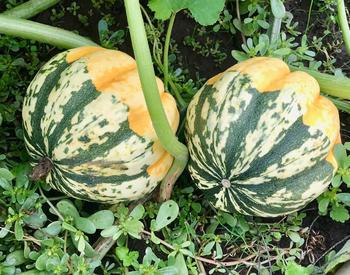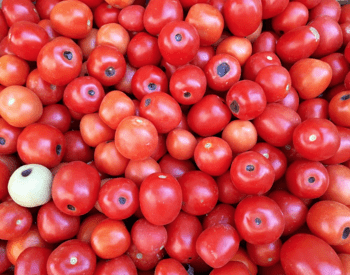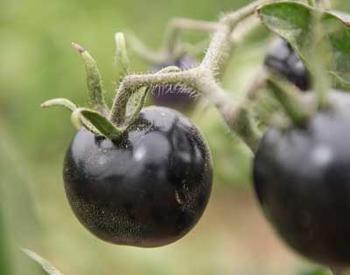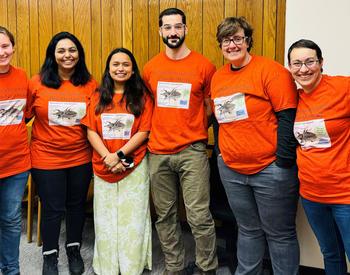Beginning gardeners are likely to have heard that beans are one of the easiest vegetables to grow in the garden. Beans are commonly used in classroom experiments because the seed is inexpensive and easy to grow. While these general statements are true, there are some details that if understood, will increase the likelihood of success in growing beans in our short growing season.
It’s a large family
The family Fabaceae, which includes all bean relatives, contains more than 20,000 species. Edible beans come in dozens of types including favas, chickpeas, lentils, peas, “true beans,” limas, pintos, soybeans, cowpeas and yardlong beans.
Favas and peas are examples of the few beans that will tolerate cool temps. Most need warm soils — 60º Fahrenheit and higher — to thrive. Understanding the specific type of bean you have is helpful for determining how much space to give them. Pole and bush beans grow very differently.
Growing times vary widely
From 45 days for some bush snap beans and 110 days for limas and dried beans, the time between planting and harvest is an important consideration. This is usually represented on seed packets and catalog promotional materials as DTH (days to harvest) or DTM (days to maturity). In areas prone to untimely frosts and temperature dips that beans don’t appreciate, choosing varieties with shorter DTM is an “insurance policy” — the shorter time the plants are in the ground, the lower the risk of an untimely frost.
They’re tender little things
With a few exceptions like peas and fava beans, most edible beans won’t tolerate a frost. Season extension activities like planting in black plastic to warm the soil, and covering plants on cool nights, will increase yield for gardeners with short growing seasons. Pole beans will need additional support, and grow much larger, making late-season frost protection more difficult. Bush beans are probably easier for most home gardeners to keep covered on cool nights.
Don’t let the fruits get too large
Botanically speaking, each bean is a seed, part of a fruit called a legume. The term legume, often used to describe this group of plants, is actually a descriptor of the fruit itself: legumes are fruits that split along two sides — like the pods of peas and green beans. Each pea pod is a legume, with the individual peas being seeds within the legume. When the sides of the legume start to swell as the individual seeds grow in size, it’s time to harvest. Don’t wait until the pods are so swollen they look “pregnant.” The beans may be tough at that point.
The Palouse is ideal dry bean country
The Paulouse — an area on the borders of Oregon, Idaho and Washington where the rain shadows of the Cascades, cool summer nights, and rich volcanic soil combine — has some of the best conditions worldwide for growing dry beans like dry peas, lentils and chickpeas. Low humidity in this area makes it much easier to achieve a vine-dried bean without mold or mildew. If rainy weather is forecast, home gardeners can harvest early and finish the drying process inside.
All beans help add nitrogen to the soil and are helpful additions to the garden for that reason. Dry beans are very high in protein and are used in many types of cuisine. Scout your bean plants regularly to catch insect problems early when they are still easy to manage. The catalog of the Vermont Bean Seed Company provides insight into just how many varieties of bean are available to the home gardener.
